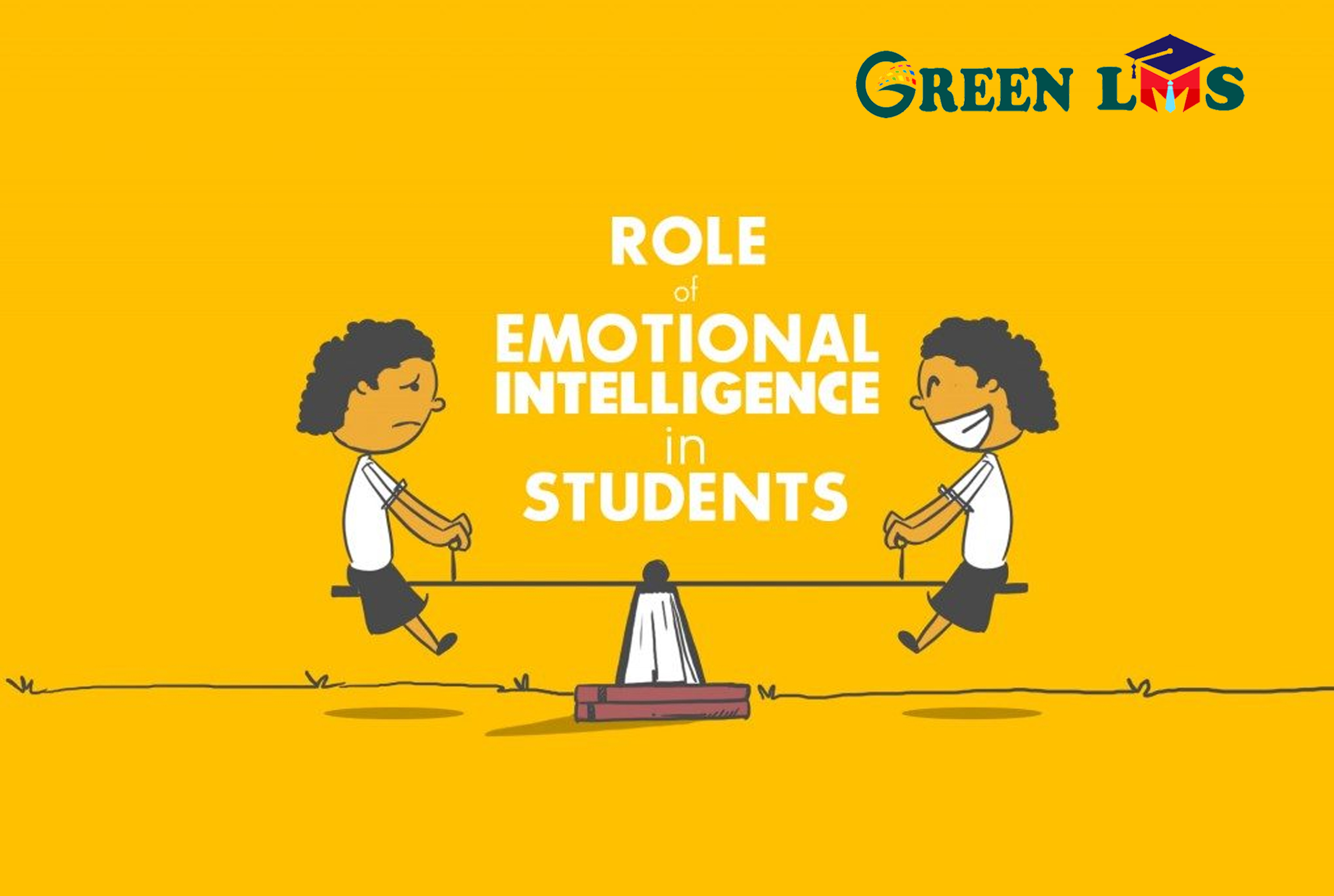Strategies and techniques for educators to support the development of emotional intelligence in children, nurturing personal growth, and academic success.
Introduction
Emotional intelligence (EQ) refers to the ability to recognize, understand, manage, and use emotions effectively in others and ourselves. Developing EQ skills, such as self-awareness, self-regulation, empathy, motivation, and social skills, has been linked to numerous benefits, including improved academic performance, better mental health, and stronger relationships. As educators play a crucial role in the growth and development of children, fostering emotional intelligence in the classroom is essential. This article will explore various strategies and techniques that teachers can use to help children develop emotional intelligence, creating a supportive and nurturing learning environment.
Creating a Safe and Supportive Classroom Environment
A safe and supportive classroom environment is the foundation for nurturing emotional intelligence in children. Teachers can create such an environment by:
- Establishing clear expectations and rules for behavior that promote respect, kindness, and cooperation.
- Encouraging open communication and active listening, allowing students to express their thoughts and feelings without fear of judgment or ridicule.
- Providing a predictable and structured routine, offering a sense of stability and security for students.
- Modeling emotional intelligence skills, such as empathy, self-regulation, and effective communication, setting a positive example for students to follow.
- Celebrating diversity and promoting inclusivity, helping students understand and appreciate the unique perspectives and experiences of their peers.
Teaching Emotional Awareness and Vocabulary
Developing emotional awareness and vocabulary is a critical first step in fostering emotional intelligence. Teachers can help students build these skills by:
- Integrating emotional intelligence lessons into the curriculum, teaching students about emotions, their purposes, and how to recognize and label them accurately.
- Encouraging students to share their feelings regularly, using activities such as emotion check-ins, journaling, or group discussions.
- Providing visual aids, such as emotion charts or posters, to help students learn and remember different emotions and their associated facial expressions or body language.
- Reading stories and watching videos that depict various emotions, prompting students to identify and discuss the emotions portrayed.
Encouraging Emotional Expression and Regulation
Teaching students how to express and regulate their emotions is vital for developing emotional intelligence. Some strategies for fostering these skills include:
- Encouraging students to express their emotions appropriately, providing guidance on how to communicate feelings effectively and respectfully.
- Teaching students various coping strategies and techniques for managing emotions, such as deep breathing, mindfulness exercises, or positive self-talk.
- Offering opportunities for students to practice self-regulation, such as through role-plays, group activities, or problem-solving tasks.
- Providing a designated “calm-down” area in the classroom, equipped with tools and resources to help students self-regulate when they feel overwhelmed or upset.
Promoting Empathy and Perspective-Taking
Empathy and perspective-taking are essential components of emotional intelligence, helping students understand and connect with others. Teachers can promote these skills by:
- Encouraging students to consider the feelings and perspectives of others in various situations, using activities such as role-plays, case studies, or literature discussions.
- Modeling empathy and perspective-taking in interactions with students, demonstrating how to listen actively, validate feelings, and respond with understanding and support.
- Integrating empathy-building activities into the curriculum, such as community service projects, group collaboration tasks, or cross-cultural learning experiences.
- Providing students with opportunities to practice empathy and perspective-taking, such as through peer mentoring, conflict resolution, or social-emotional learning activities.
Developing Social Skills and Relationship Building
Strong social skills and relationship-building abilities are crucial for emotional intelligence, enabling students to interact effectively with others. Teachers can support the development of these skills by:
- Incorporating group work and cooperative learning activities into the curriculum, allowing students to practice collaboration, communication, and problem-solving.
- Teaching students essential social skills, such as active listening, expressing gratitude, offering and accepting apologies, and resolving conflicts constructively.
- Providing opportunities for students to practice leadership and teamwork, such as through class projects, extracurricular activities, or student-led initiatives.
- Encouraging positive peer interactions and friendships, promoting a sense of belonging and connectedness within the classroom.
Integrating Emotional Intelligence and Academic Content
Emotional intelligence can be integrated seamlessly into various academic subjects, enhancing both EQ development and academic learning. Some strategies for combining emotional intelligence and academic content include:
- Incorporating social-emotional themes into literacy lessons, such as exploring the emotions, motivations, and relationships of characters in stories.
- Discussing the emotional aspects of historical events or social issues in social studies, helping students understand the human impact and complexities involved.
- Exploring the emotional and ethical implications of scientific discoveries or technological advancements in science classes.
- Encouraging students to express their emotions creatively through arts education, such as music, visual arts, or drama.
Providing Feedback and Encouragement
Offering regular feedback and encouragement can help students develop their emotional intelligence skills and build their self-confidence. Teachers can support students’ EQ growth by:
- Providing constructive feedback on students’ emotional intelligence skills, highlighting areas of strength and offering guidance for improvement.
- Encouraging students to reflect on their emotional intelligence development, setting goals for growth, and tracking their progress over time.
- Celebrating students’ achievements and progress in emotional intelligence, recognizing their efforts and contributions to the classroom community.
- Building a growth mindset in students, helping them understand that emotional intelligence can be developed and improved through practice and effort.
Conclusion
Fostering emotional intelligence in the classroom is an essential component of holistic education, supporting students’ personal growth, academic success, and overall well-being. By creating a safe and supportive learning environment, teaching emotional awareness and vocabulary, encouraging emotional expression and regulation, promoting empathy and perspective-taking, developing social skills and relationship-building abilities, integrating emotional intelligence and academic content, and providing feedback and encouragement, teachers can empower students to develop essential EQ skills that will serve them throughout their lives.


